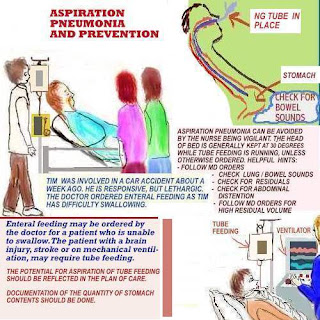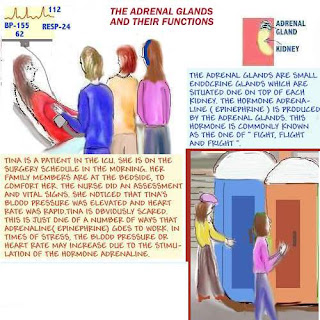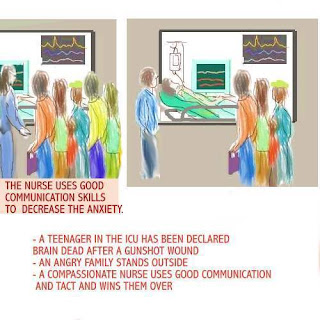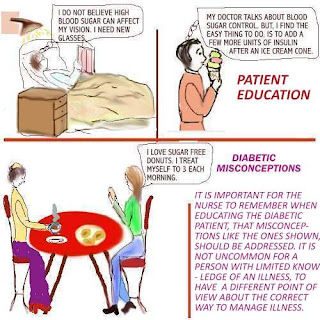DEHYDRATION AND A LONG FLIGHT

Most people who anticipate taking a long plane flight may hardly stop to think about dehydration and its consequences. Making sure adequate clothing is packed, arriving at the airport on time, and making sure pets or children are cared for, are just a few of the concerns a traveler might have. Skipping a meal as a result of anxiety may very readily happen. To further complicate matters, there are significant changes in time zones on a long flight across the globe. Someone who has been on a long flight and sitting for a considerable length of time, coupled with inadequate fluid intake, may be at risk for DVT (Deep Vein Thrombosis) . It is worth noting that taking the time to drink extra fluids before and during a long flight, will help prevent dehydration. To learn more about Dehydration, you can watch a video here or here . More helpful information: Dehydration for the layperson




















